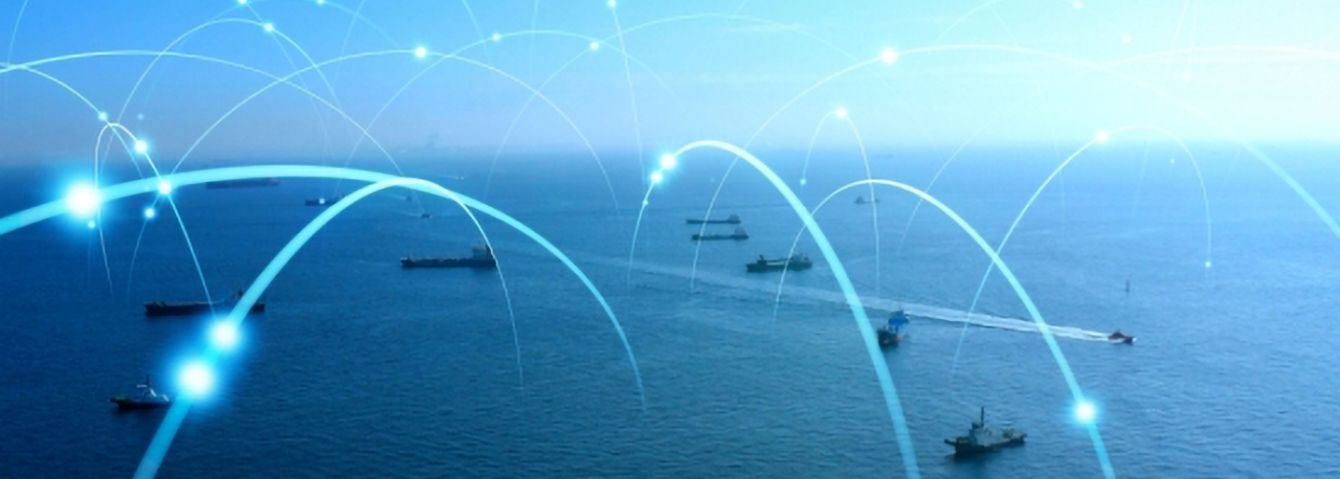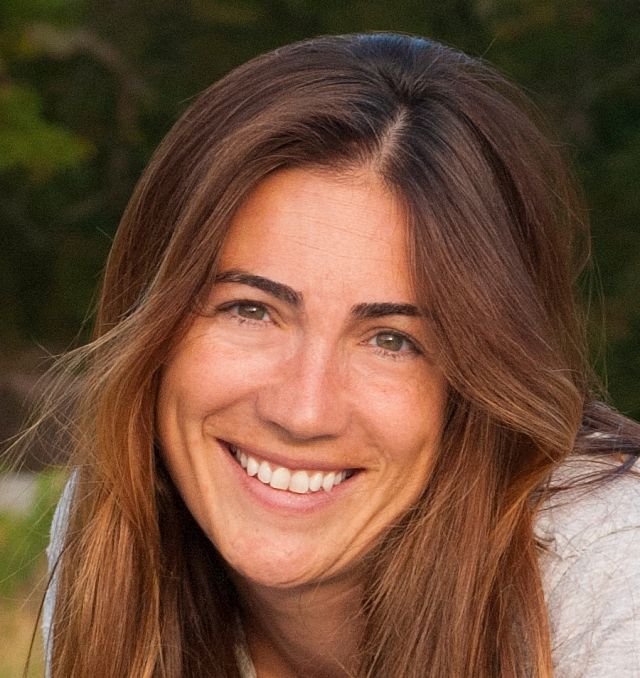Made to Degrade
Marine microbiologist Alyson Santoro leads a collaboration to develop bioplastics for the marine environment.
By Sonia Fernandez

By Sonia Fernandez
There’s a lot of plastic in the ocean. Much of it comes from the single-use items that we’re all familiar with, such as food wrappers and microbeads that inadvertently wind up in the sea. But a growing amount is coming from plastics that are actually made to be used in marine environments, such as instrumentation used for an emerging ocean “Internet of Things.”
“Oceanographic sensors are becoming cheaper and cheaper, and people don’t want to go back into the ocean and get them, so they’re basically disposable,” said UC Santa Barbara marine microbiologist Alyson Santoro, a faculty member in the Department of Ecology, Evolution and Marine Biology (EEMB). These networking devices are used by the “blue economy” — a diverse group of maritime industries including tourism, defense, transportation, fisheries, education and power generation. By enabling rapid data-gathering and communications across the many sectors and communities that use the ocean, monitoring can be enhanced, resources managed more effectively and innovative solutions accelerated.

But that doesn’t resolve the issue of long-lived plastics in the ocean, a problem that Santoro and colleagues — Anne Meyer at the University of Rochester, Melissa Omand at the University of Rhode Island, Ryan Freedman at the Channel Islands National Marine Sanctuary and partners from sustainable polymers designer Mango Materials — are trying to get ahead of. And now, with support from the National Science Foundation’s Convergence Accelerator program, the group is poised to tackle that challenge, with results that could change the way future oceangoing materials are made.
“This award will give me the opportunity to work with scientists and engineers I wouldn’t have the chance to work with otherwise, and the rare opportunity to be a student again and participate in the program’s design curriculum, where we’ll learn how to collaborate effectively as a team,” Santoro said. Her group is one of 16 teams selected for the highly competitive 2021 Cohort, Phase 1, Networked Blue Economy track of NSF’s Convergence Accelerator.
“Professor Santoro’s proposal is a visionary approach to tackling the urgent need to understand how to find solutions to plastic pollution through cross-fertilization of ideas between scientists and engineers,” said EEMB chair Debora Iglesias-Rodriguez. “Congratulations to Professor Santoro for pioneering research that could be truly transformative and open opportunities for our students.”
Plastics for the Ocean
Phase 1 is only the beginning for the collaboration, a year-long effort in which members of the group will bring their skills to bear as they design and prototype marine bioplastics — materials that are specifically engineered to degrade in the ocean.
“A lot of so-called biodegradable plastics are really designed to degrade in terrestrial industrial composting facilities,” Santoro said. In these facilities, heat and anoxic conditions assist bacteria with decomposition — a far cry from the cold, high pressure environment of the ocean.
“What we’re going to do is try and use DNA sequencing of microbes in the ocean to see which kinds of microbes already have the ability to degrade some of these plastics,” she explained. “And then we’ll see if we can figure out from their genomes what metabolisms they might be lacking or what types of things we might be able to add to these materials to help them degrade more quickly.”
The living microbes will be embedded into the biopolymer polyhydroxyalkanoate — a type of natural polyester — to create a plastic that over time gets eaten from the inside.
Carrying this out will require not only Santoro’s expertise with marine microbial DNA, but also Omand’s skill with the design of oceanographic sensors, as well as Meyer’s technique with the 3D printing of live bacterial cells. Add to this joint effort Freedman’s knowledge of marine debris and the biopolymer design and manufacture at Mango Materials.
In addition to funding, the funded team will participate in an innovation curriculum designed to accelerate their idea forward and into a proof-of-concept. The innovation curriculum is designed to assist teams in advancing their initial idea to a proof of concept. The curriculum includes
- User discovery: Identifying end users to provide problem validation, insights and feedback on prototypes.
- Human-centered design: Engaging with end users, including how to develop a low-fidelity prototype for testing.
- Team science: Unifying a diverse team to develop a vision and focus on common goals.
- Communication: Increasing the impact of team ideas by engaging, listening to and accepting feedback from partners and other stakeholders.
- Coaching and mentorship: Guidance is provided to assist the team's mastery of the curriculum, enhancing the team's understanding of entrepreneurship and accelerating their idea into reality.
- Pitching: Conveying the project's value by describing the challenge and solution through storytelling and communication to various stakeholders including potential partners, investors and end users.
For the first year, we’ll be learning how to work together and refine our ideas,” Santoro said. “We’ll do a lot of prototyping of different materials that we will test in different ways.” There is in fact no standardized way to test plastic degradation in the ocean, she added, so one of the outcomes of the project will be to develop those standards. Throughout the curriculum, teams practice pitching, with the formal pitch occurring at the end of phase 1.
The project also has a training component, in which UC Santa Barbara students will be sent to Mango Materials for internships and industry experience. M. Ofelia Aguirre, from UC Santa Barbara’s Center for Science and Engineering Partnerships, will partner with the team to mentor undergraduate interns and help transition the team’s findings into training the next generation of microbiologists, material scientists and ocean engineers. At the end of phase 1, the team will participate in a formal pitch and phase 2 proposal evaluation. Selected teams will move into phase 2, focusing on solution development, sustainability and more.
“It’s not just for research; there’s a lot of push in global shipping to do what’s called smart shipping, in which the shipping vessels themselves would be able to adjust their track based on ocean conditions,” Santoro said. “And the sensor networks that allow them to make those decisions are all out, floating in the ocean.” Among the goals, she added, is to develop a product or open use technology that will have a large impact on society within a three to five-year timeframe.